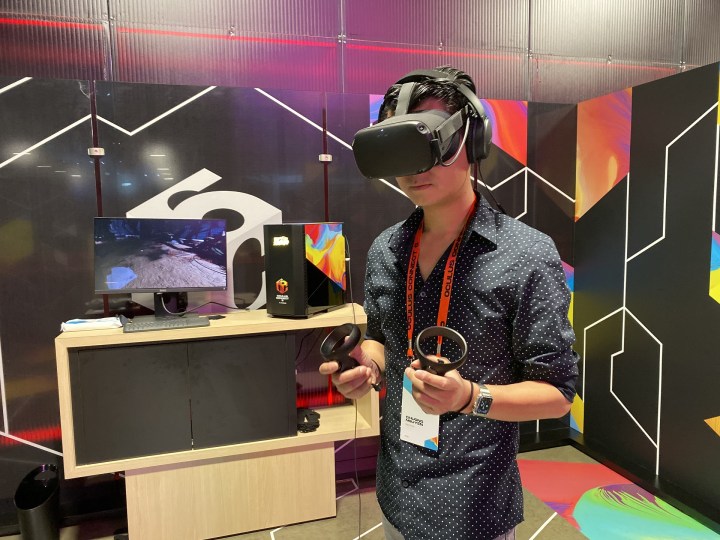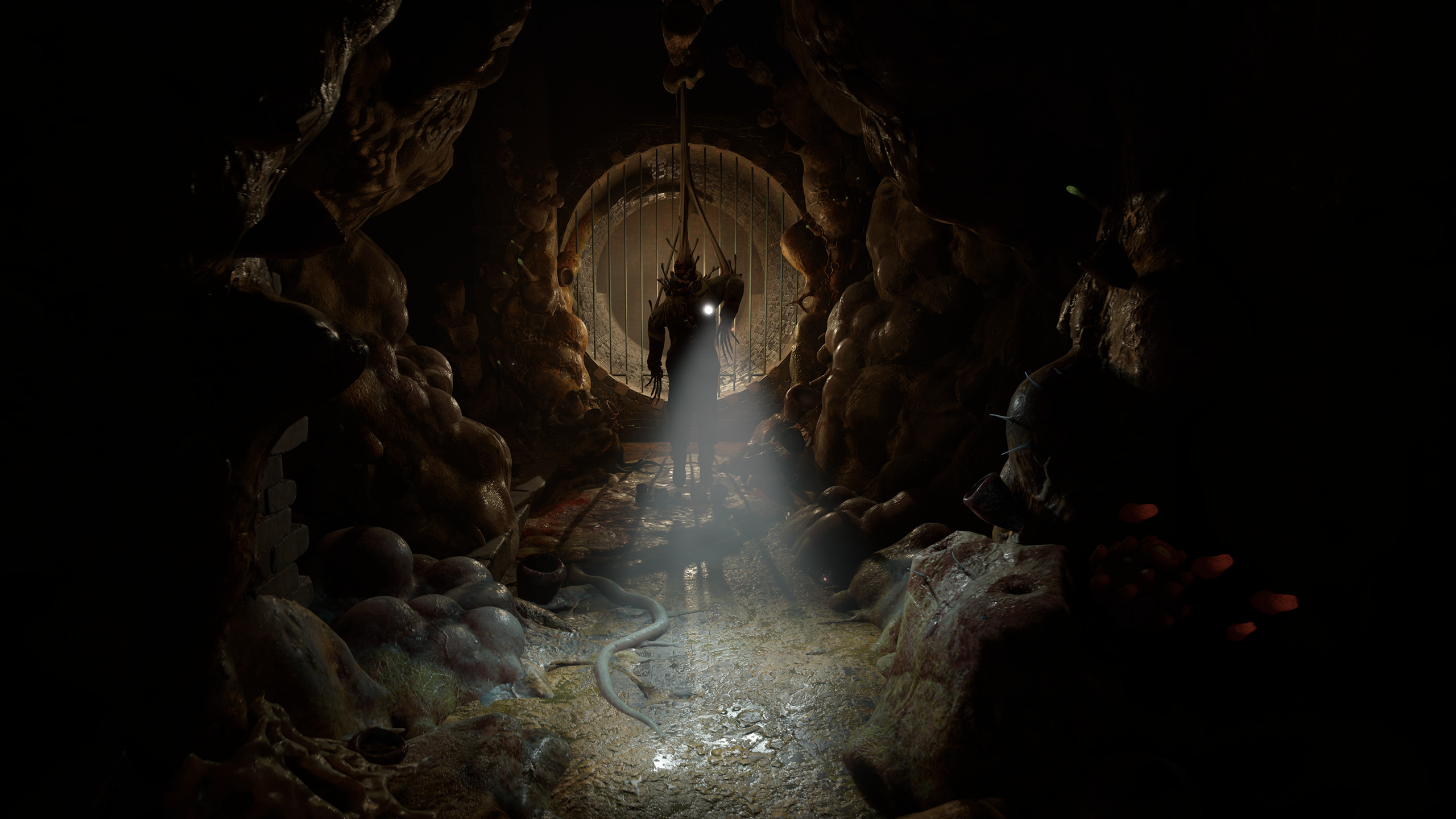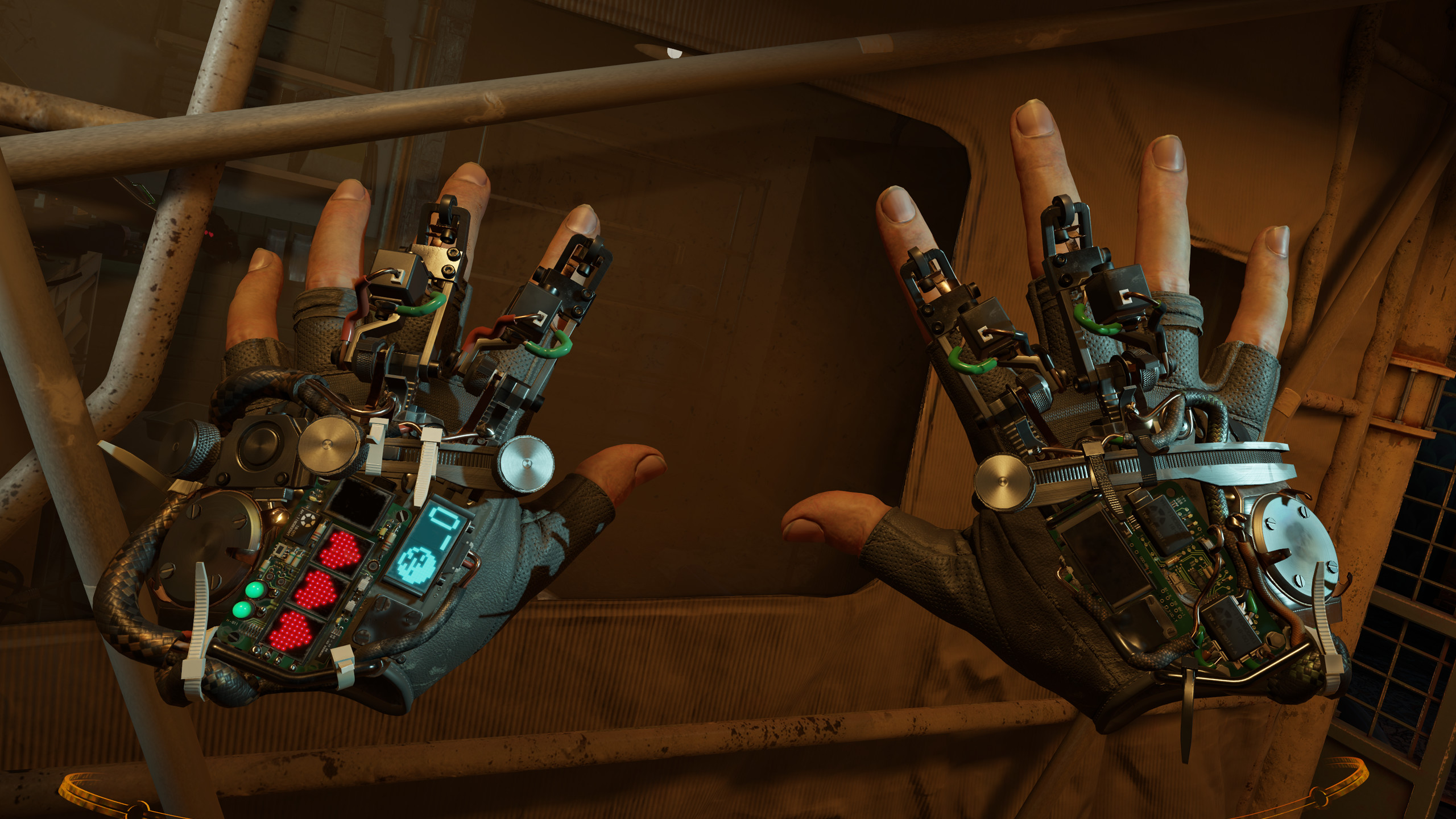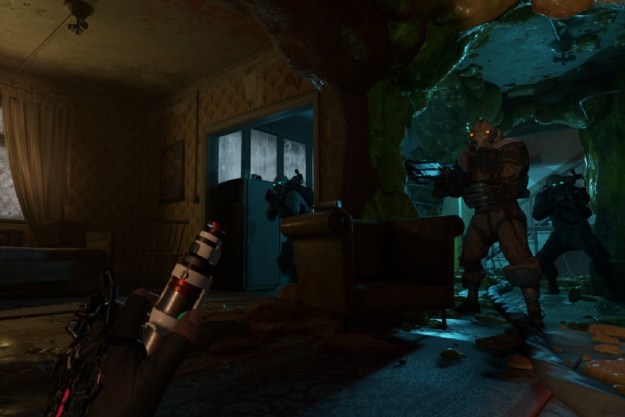We’ve waited over a decade to get a new game in the Half-Life franchise, ever since Valve left us with the bleak, cliffhanger ending of Half-Life 2: Episode Two. Now, Valve is finally delivering with Half-Life: Alyx.
Valve made an early announcement to confirm the game, and has since shown off more of what’s in store. The new game will center around Alyx Vance, a character players met during the events of Half-Life 2. It will be available on Steam in March 2020, with pre-orders open now. It will work with all SteamVR-compatible headsets and comes free for anyone who purchases the Valve Index by the end of 2019.
This time around, players will get to play as Alyx Vance, but this won’t be a sequel to Half-Life 2. Instead, the game will take place between the events of the original Half-Life and Half-Life 2. The alien race taking over earth, the Combine, will already be in control when the game takes place, but it will still be working to round up the human population.
That’s where Alyx and her father, Eli Vance, come in. They are part of the resistance trying to fight against Combine control.
This isn’t the first time a Half-Life game has starred a character other than Gordon Freeman, but after the long wait for Half-Life 3, players may not feel this is the game they’ve been waiting for. Valve, however, is pushing forward with new virtual reality technology that may still make this a must-play entry in the franchise. It’s likely to be a contender for the best games next year
Virtual reality exclusive
One thing that will enamor some gamers and upset others is that Half-Life: Alyx will be a virtual reality exclusive. There’s no keyboard and mouse version planned, and likely can’t be. Fortunately, Valve has made it compatible with all SteamVR headsets, which include many of the best VR headsets, even the Oculus Quest.

As Valve has made technical innovation a big part of its Half-Life games, the advanced virtual reality dynamics showcased in Half-Life: Alyx will likely be integral to the gameplay experience.
We can see in the trailer that hand-tracking is going to open the door to all sorts of interactions with the game world. Loading and using weapons will be more realistic, searching through rubble and clutter will be a simple matter of sweeping things around, and even enemies can be touched (or in the case of headcrabs, at least, thrown).
The game was built to explore the potential of VR, as Valve developers explained in a behind-the-scenes interview with journalist Geoff Keighley. This is also part of the reason the company hasn’t made this Half-Life 3.
The team was focused on innovating and developing around virtual reality, and the rest of the game followed. For Half-Life 3, expectations may have been too high and story too central to have it come as an afterthought to VR. However, this could mean that a future Half-Life 3 will also be in VR, as Valve now has the mechanics set.
More potential from Source 2
Half-Life: Alyx may just be the beginning of a new push into virtual reality. That’s because Valve is offering tools to developers and tinkerers in the form of its Source 2 tools.
Just as we previously got the Counter-Strike and Portal franchises (to name just a couple) from developers tinkering with the tools and assets Valve’s games had made available, we could see a similar turn of events with the Source 2 tools and assets coming alongside Half-Life: Alyx.
More details on the game will be revealed at The Game Awards on December 12.
Editors' Recommendations
- Half-Life gets a free update and Steam Deck verification for its birthday
- The next Assassin’s Creed game has been teased ahead of fall reveal
- Valve knows that a non-VR Half-Life: Alyx mod will be made by game’s fans
- Valve will sell ‘far fewer’ Index VR headsets due to coronavirus outbreak
- Half-Life: Alyx release date set for March 23, but Valve Index remains sold out









